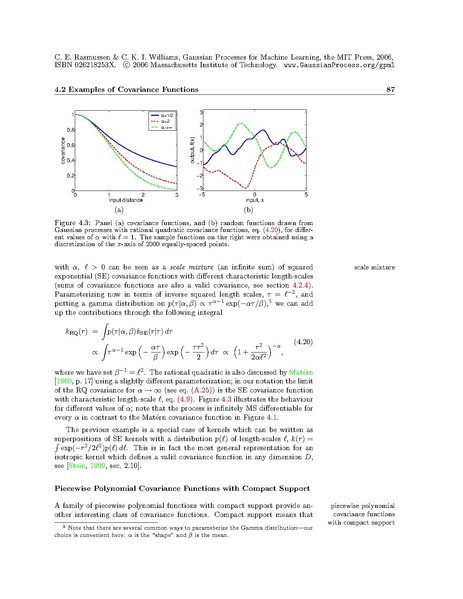
Follow start2014. Start2014 Web Site. Other Useful Business Software. Open, Cloud-native Enterprise Content Management. 2014-03-22 Report inappropriate content. Recommended Projects. A lightweight and easy-to-use password manager DeSmuME: Nintendo DS emulator. DeSmuME is a Nintendo DS emulator Clonezilla. A partition and disk.
2015-10-13 Updated to include full range of resolutions up to 8K UHDTV. In an effort to enhance the knowledge of the video-making community, I have compiled a list of all true 16:9 video resolutions, including their associated standard when applicable, as well as when the resolution is divisible by 8, which is useful for limited video encoders. The table goes up to 1080p and includes common resolutions like that of a typical 27 inch 16:9 computer monitor and Super Hi-Vision.
Note: If you’ve ever worked with SD content, you’ll notice that no resolution here fits the DVD standard. That’s because DVDs were originally made to comply with the NTSC broadcasting resolution, which is a non-square pixel standard using the resolution of 720 by 480 pixels, stretched to accommodate either 4:3 or 16:9 content, never producing a true 16:9 resolution. (where ~ = repeat last three numbers to infinite) The conflict comes from the very fact that it is based on 720 by 480. 3d analyzer software download. You can’t get a ratio of 16:9 by keeping 480 lines of pixels.

The closest you’ll get is 853.333~ by 480, which is not feasible. You could opt for either 853 or 854 by 480, but these aren’t true 16:9 resolutions, which is why they aren’t featured here. 16:9 = 1.77777777~ 853:480 = 1.77708333~ 854:480 = 1.77916666~ 1280:720 = 1.77777777~ Historically speaking, 720 by 480 is based on the digital conversion of the NTSC broadcast standard by Sony with the D-1 standard.
Your conventional 4:3 CRT TV could be said to display non-square pixels in interlaced at a resolution of 720 by 480. There’s two things you have to understand about this format: 1. It never displayed square pixels, so there was never a need to translated 4:3 content to, say, 640 by 480. It was never meant to display widescreen content, hence the aberration that is the DVD’s letter-boxing of 16:9 content, and the apparition of many approximations such as 854 by 480, or Apple’s all too wrong 848 by 480, none of which, by the way, have ever been standard. If you really want to stick to 480p, you could encode all your videos in 720 by 480 and let the software scale it to 16:9, which would at least allow a full-screen view to emulate true 16:9 with the higher pixel count, such as an upscaled 1080p on an HDTV. I have a question about the numeric ‘p’ labels. For instance, when one sees “480p”, why is the vertical resoltuion 400 (720/704×400) on 16:9?
Yet, “352p” is 624×352 and “576p” is ~854×480? I don’t understand where the labels come from and why some match the vertical resolution and some don’t. I know some has to do with old 4:3 aspect like 640×480 being “480p” Basically, I want to know if, say, I encode video in 1024×576 resoltuion what can I call it in terms of “XXXp”? I know not “576p”, since that’s 854×480. Any help or comments are appreciated.
Write something about yourself. No need to be fancy, just an overview. Berezinskij biosfernij zapovednik prezentaciya.
The problem is you’re referring to standards which refer to old TV formats when widespread video used to be 4:3. Traditional 576p is a non-square pixel standard designed for progressive scan SDTV in PAL and SECAM countries.